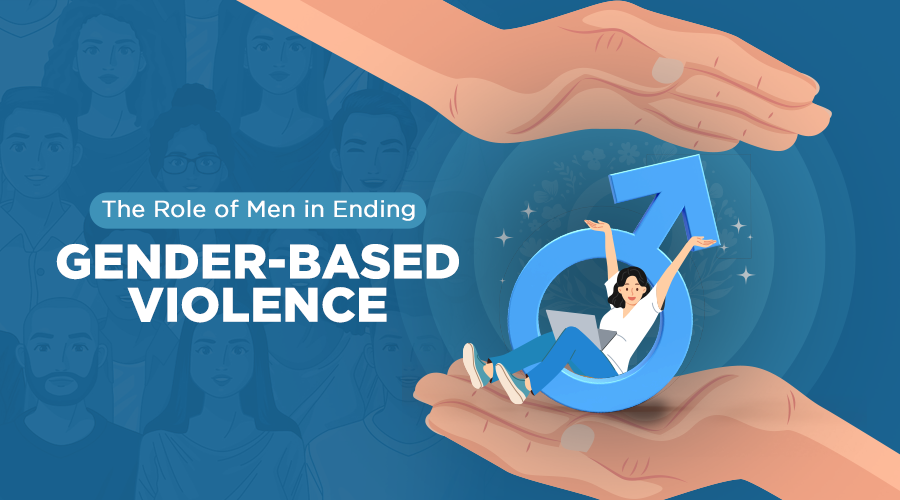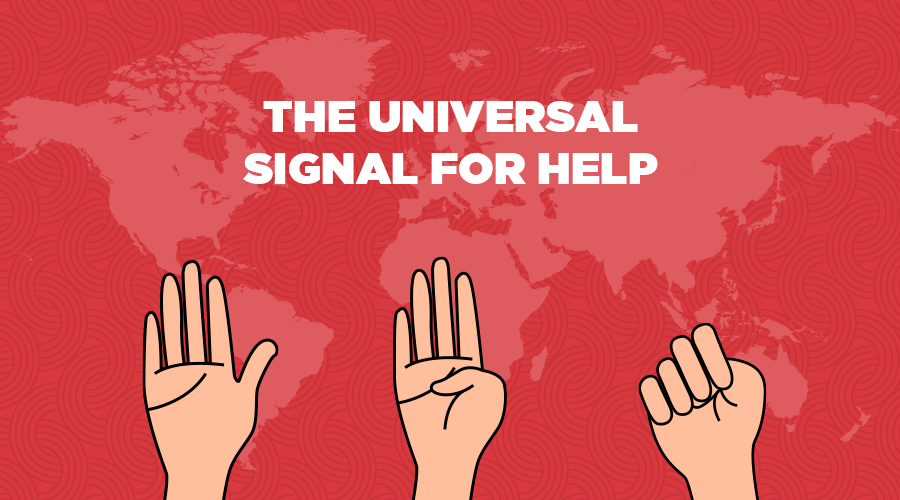The world is moving forward, making great strides in safety, empowerment, and equality. However, gender-based violence (GBV) remains a challenge, holding us back from true progress. Gender-based violence refers to any form of violence directed at an individual based on their gender, often stemming from power imbalances, harmful stereotypes, and deep-rooted societal norms. It takes many forms—domestic violence, sexual harassment, honour crimes, trafficking, and more—affecting women, gender minorities, and, in some cases, even men.
For too long, gender-based violence has been framed primarily as a women’s issue, placing the burden of awareness and action on those most affected. However, the truth is that gender-based violence threatens the very fabric of society, undermining safety, dignity, and equality for all. It is not just a women’s issue; it is a human issue that demands united action.
Achieving a world free from gender-based violence requires more than just legal frameworks and policies; it demands a cultural shift. Men, in particular, have a crucial role to play—not just as allies, but as active participants in dismantling the structures that enable violence. By listening, challenging harmful norms, and leading by example, men can help build a world where safety and dignity are not privileges, but fundamental rights.
Here are ten essential steps men can take to contribute to ending gender-based violence:
1.Acknowledge the Problem and Listen
The first step in addressing any issue is recognising its existence. Many men do not experience gender-based violence firsthand, which makes it easy to overlook its impact. However, statistics and countless survivor testimonies highlight the pervasiveness of this issue. Men must listen to the experiences of survivors with empathy and without defensiveness. Acknowledging the problem is a step toward dismantling a culture that normalises violence and injustice.
2.Challenge Harmful Masculinity and Stereotypes
Traditional notions of masculinity often encourage aggression, dominance, and emotional suppression. These stereotypes contribute to gender-based violence by fostering attitudes that devalue women and gender minorities. Men can challenge these harmful constructs by embracing a more inclusive and healthy definition of masculinity—one that values compassion, emotional intelligence, and respect. Encouraging young boys to express emotions and reject violent behaviours helps in breaking the cycle.
3.Speak Out Against Violence
Silence perpetuates gender-based violence. When men witness misogynistic jokes, harassment, or abusive behavior, it is their responsibility to speak up. Calling out problematic behaviours, whether in social settings, workplaces, or among friends, can prevent violence from being normalised. Men’s voices hold significant weight, making it vital that they advocate for respect and equality.
4.Educate Yourself and Others
Understanding the root causes of gender-based violence is crucial for meaningful change. Men should take the initiative to learn about gender dynamics, power imbalances, and the systemic nature of violence. Reading books, attending workshops, and engaging in discussions about gender equality can equip men with the knowledge needed to challenge harmful norms. Beyond personal learning, sharing insights with peers helps spread awareness and cultivate a culture of respect.
5.Support Survivors and Advocate for Change
Survivors of GBV often face immense societal stigma, which discourages them from seeking justice or support. Men can play an essential role in creating a safe environment for survivors by believing them, offering support, and standing against victim-blaming narratives. Additionally, advocating for policies and initiatives that protect survivors—such as improved workplace protections, better legal frameworks, and increased funding for support services—helps drive systemic change.
6.Reflect on Personal Behaviour
Ending gender-based violence requires introspection. Men must assess their own behaviors, language, and attitudes to ensure they are not unknowingly contributing to gender inequality or harmful stereotypes. Simple actions, such as being mindful of the way they communicate with women or reconsidering their reactions to emotions, can create significant positive changes. By committing to continuous self-improvement, men become part of the solution.
7.Be an Active Bystander
Being an active bystander means intervening when witnessing problematic behaviour. If a friend makes an inappropriate remark, if someone is being harassed, or if a situation appears unsafe, stepping in can make a difference. This does not mean engaging in physical confrontations but rather using strategies such as distraction, direct intervention, or seeking help to defuse harmful situations.
8.Encourage Healthy Relationships and Consent
Promoting respectful and healthy relationships is fundamental in preventing gender-based violence. Men should model and encourage relationships based on mutual respect, communication, and consent. Teaching young people about boundaries, enthusiastic consent, and emotional respect sets a foundation for a society where relationships are free from coercion and violence.
9.Use Influence and Privilege for Good
Men, particularly those in leadership positions, can use their platforms to advocate for gender equality. Whether in workplaces, educational institutions, or communities, men can push for policies that ensure safety, equal opportunities, and accountability. Privilege comes with the responsibility to uplift marginalised voices and to take action in ways that break the barriers.
10.Build Alliances with Women and Gender Minorities
Ending gender-based violence is not just about what men can do alone—it’s about collaboration. Supporting women-led initiatives, amplifying the voices of gender minorities, and actively participating in movements that promote gender equality create stronger and more effective change. Solidarity fosters a collective effort where all individuals, regardless of gender, work together to create a just society.
Conclusion
Just as we strive to leave behind a better world environmentally, we must also create a society free from violence and discrimination. Gender-based violence will not end overnight, but each step men take toward accountability and advocacy brings us closer to a future built on respect and equality.
Men are not just bystanders in this movement; they are essential allies and change-makers. By listening, challenging harmful norms, speaking out, and supporting survivors, men can transform the narrative around gender-based violence. The journey toward a safer and more just world begins with action—because silence, after all, is complicity. The question is not whether change is possible, but rather, will you be a part of it?





